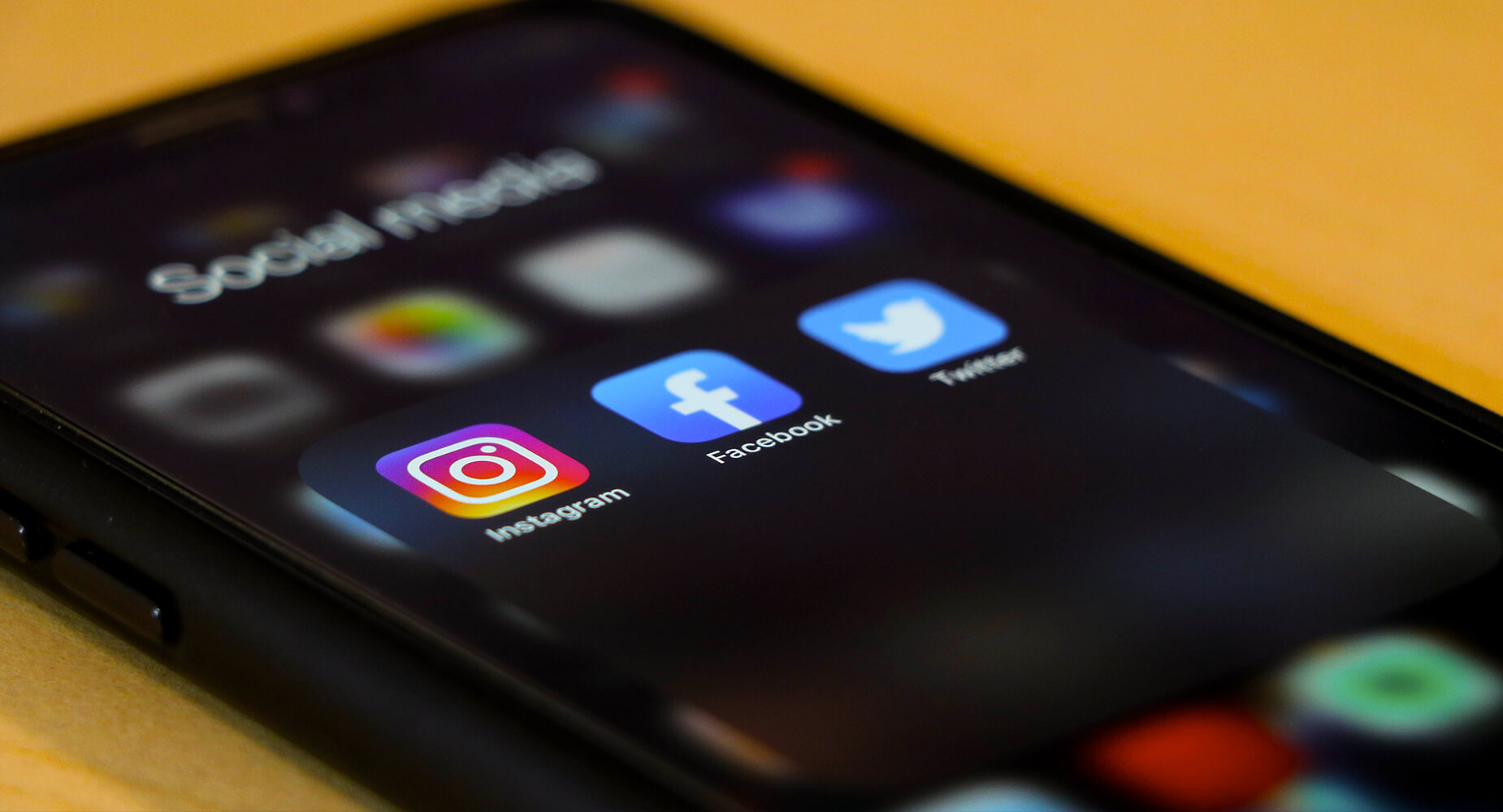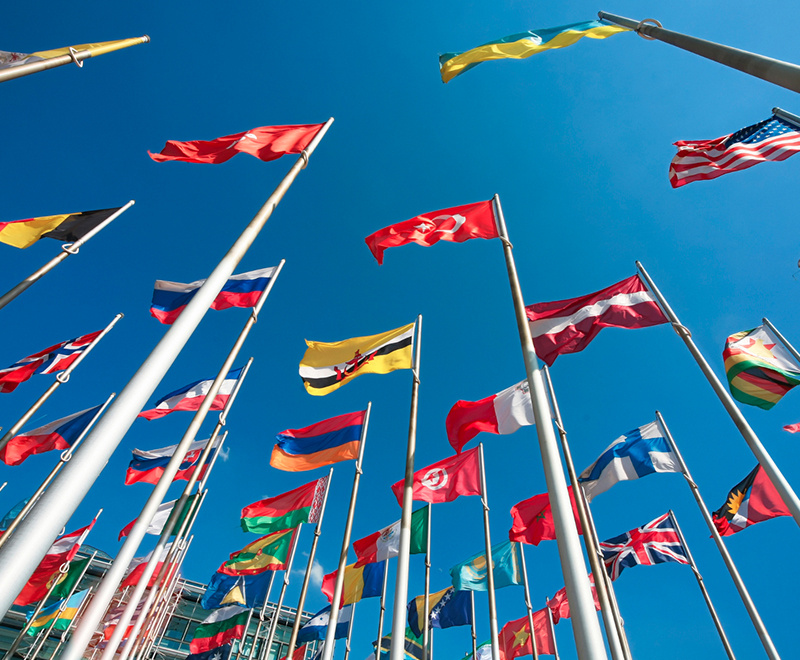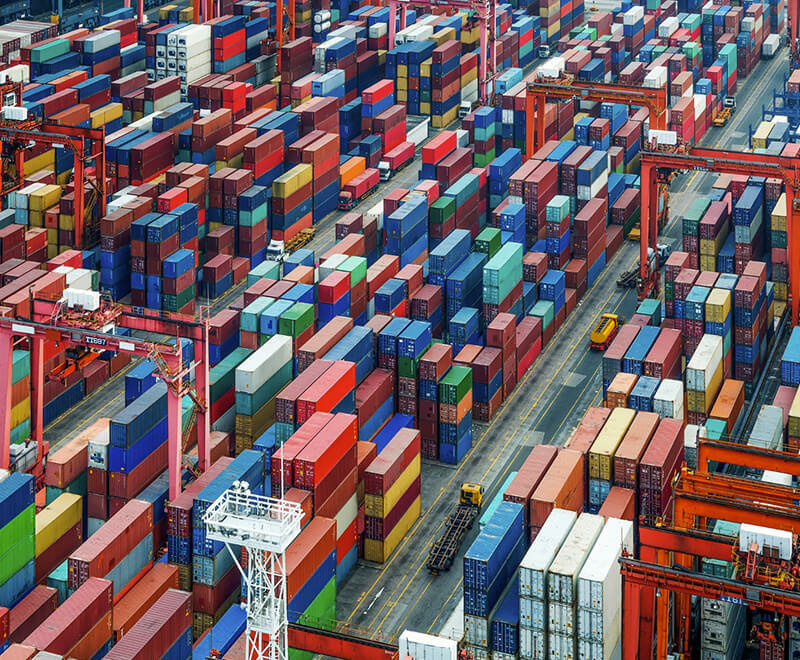With the General Election campaign now in full swing, Ben Winter looks at how Labour and Conservatives will be approaching their digital communications.
Scrolling through your Twitter or Facebook news feeds today you’d be forgiven for forgetting that it was only in 2010 that we saw the first real ‘social media election’ in the UK. When Blair called the 2005 election, Facebook was still confined to the American University networks, and we had to wait a further year for our first tweet. But it was the 2015 election that saw a step change in digital political campaigning.
Today digital campaigning is an integral part of the election campaign grid and it’s clear why. Most marketing and communications leads will know the statistics: around half the UK population is on Facebook, spending on average approximately 30 minutes a day on the platform. This compares to around 15 million on Twitter spending on average one minute per day. Add in other platforms such as Instagram (around 14 million) and you’re talking about a communications vehicle that can reach enormous swathes of the population across crucial demographics. But with just 30 days until the UK goes to the polls, how will the main political parties be approaching their digital campaigns? What platforms will they be focussing on? And to what end?
In 2015 the Conservatives took their lead from consumer brands, putting their faith in Facebook and pouring a massive £1.2m into targeted adverts and content. This dwarfed Labour’s £16,000, the Lib Dems’ £22,000 and UKIP’s £91,000. By embracing the potential of sponsored content, as businesses have done for years, the Conservatives were able to micro-target key messages to specific demographics, crucially, in priority locations across the nation. The decision to invest so much in Facebook was taken because of the platform’s ability to reach disengaged, floating voters. Twitter, it was decided, was too full of politically engaged individuals unlikely to change their voting intentions – more commonly known as the ‘echo chamber’.
The Conservative party’s spending power still gives them an edge online, allowing them to replicate their 2015 strategy whilst also testing new approaches. Last week for example the Conservatives began trialling sponsored campaign content on Instagram, pushing out videos of Theresa May calling for “strong and stable leadership”. These trials, diversifying activity out from Twitter and Facebook is a clear sign that the Conservatives can, and plan to, spend big on digital channels once again ahead of 8 June.
By the end of the 2015 campaign Labour had been outspent 6:1 on social media by the Conservatives. Knowing fully well that they couldn’t compete with the Conservative’s spending power, Labour chose Twitter as their digital avenue. The idea was to circumvent hostile media coverage by putting out compelling campaign content and arming followers with messages they could disseminate themselves. The approach resulted in a huge number of mentions and engagements – many more than their opponents – but it was ultimately no match for the Conservatives’ strategic advertising.
Labour reportedly intend to spend £1m on Facebook this time around, relying on donations from members to do so. The party knows that despite having a much more active online supporter base than the Conservatives, they will struggle to reach target voters without paying for adverts. Since Facebook implemented changes to its advertising model in 2012 studies have shown that even pages with more than 500,000 Likes, average organic reach could be as low as 2%. Therefore when it comes to any campaign on Facebook, money talks. This cash will therefore be crucial to Labour’s campaign efforts.
Labour also has another weapon in its digital arsenal worth mentioning here – an active grassroots following. Organisations such as Momentum, which are made up of many local groups, have been seeding their own content in support of Labour – as have the popular alt-left media such as The Canary and AnotherAngryVoice. Enthusiastic grassroots support is welcome for Labour. The lack of message discipline and quality control however is not. The ‘I like Jeremy, but’ website (now removed) was a prime example. An admirable attempt by local activists to bust myths about Corbyn, the website was quickly seized upon by the Conservatives and ridiculed by the ‘mainstream media’ for its content.
Digital campaigning alone did not win the Conservatives the 2015 election and it is unlikely to do so next month. Indeed, parties got away in 2015 without spending big online; despite winning 56 of 59 seats in Scotland the SNP spent just £5,000 on Facebook. The other parties, who do not have the spending power of either Conservatives or Labour, will also be looking at the best ways to integrate digital into their campaigns in a cost effective manner. The Lib Dems for instance, who see this election as a massive opportunity to re-establish themselves as a political force, have invested in strategic leadership by earlier this year recruiting the Telegraph’s political correspondent Michael Wilkinson as head of digital content.
Whilst it may not determine the outcome of the election on its own quite yet, there is no slowing the increasing importance of digital campaigning in politics. This is especially the case if political campaigning laws in the UK remain as they are. Unlike TV and Radio there are no restrictions for online advertising, meaning that whichever party has the biggest campaign war chest will continue to secure the greatest digital cut through. However, it’s no silver bullet. All communicators worth their salt will know that money invested in these campaigns is only as good as the messages being sold.




